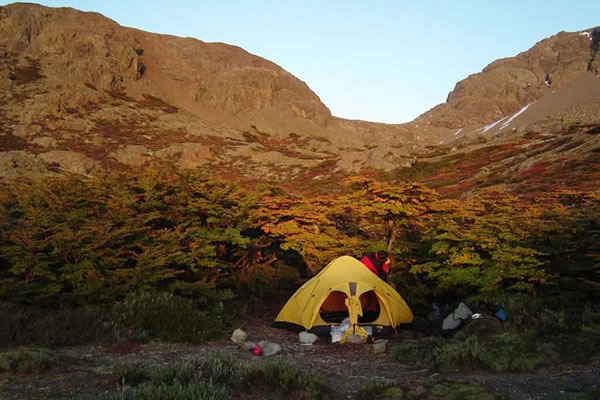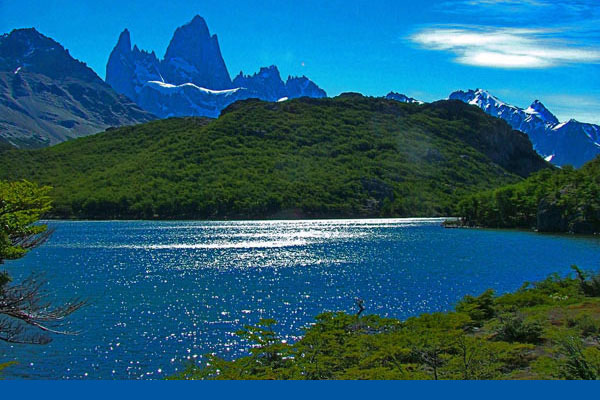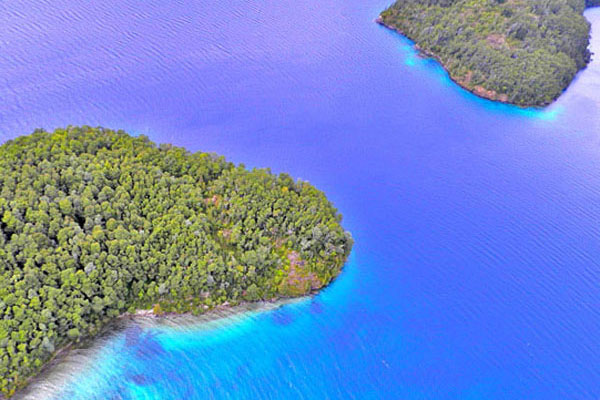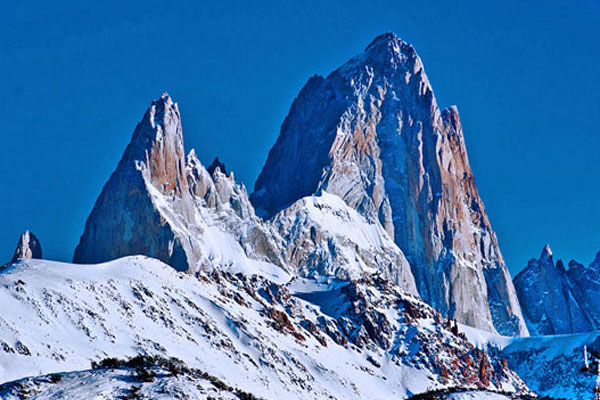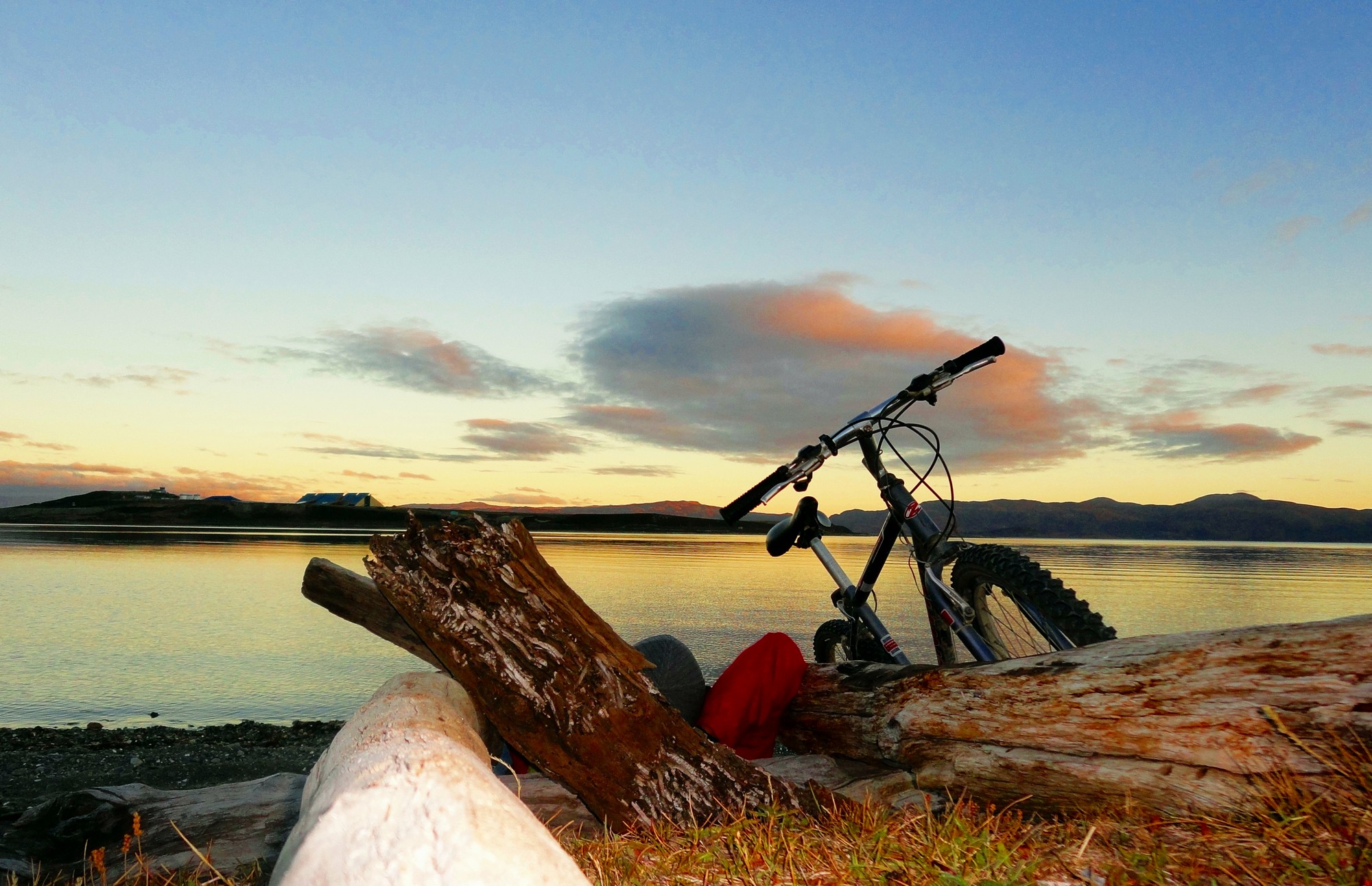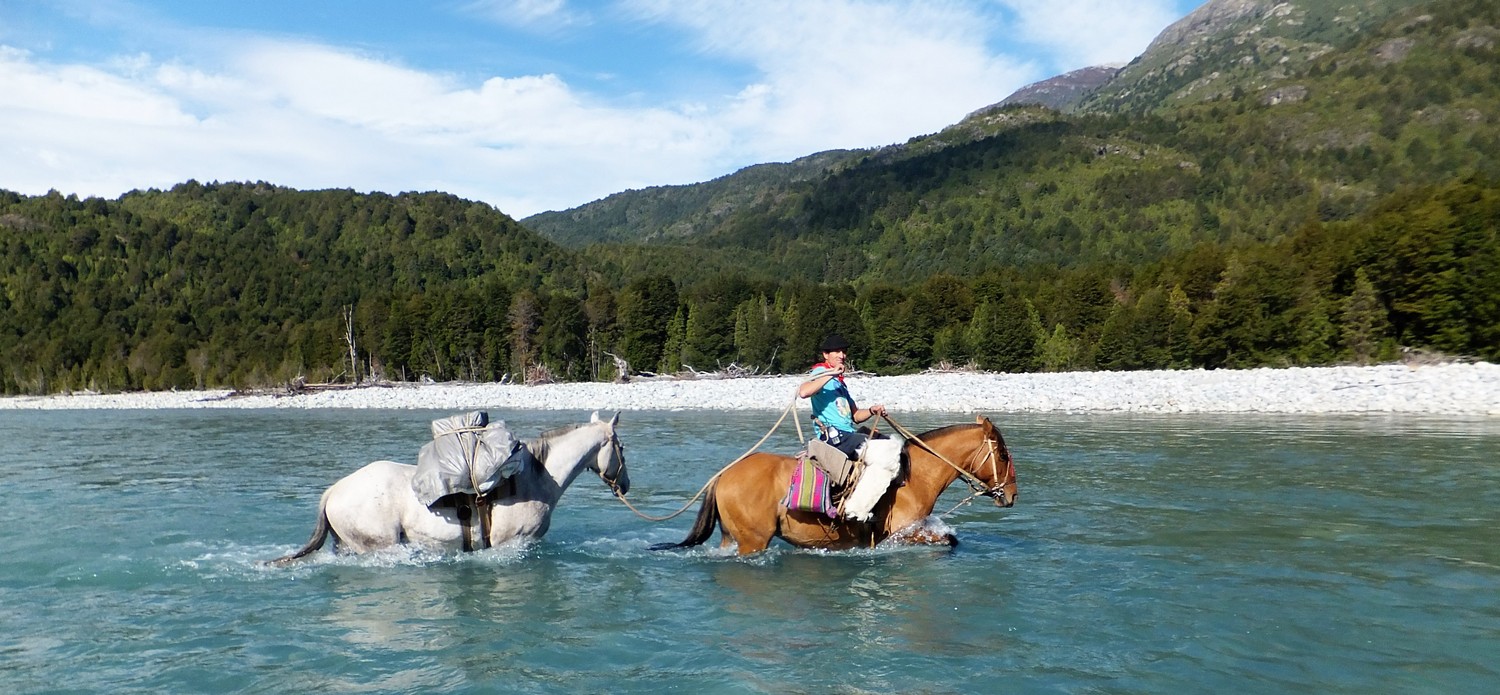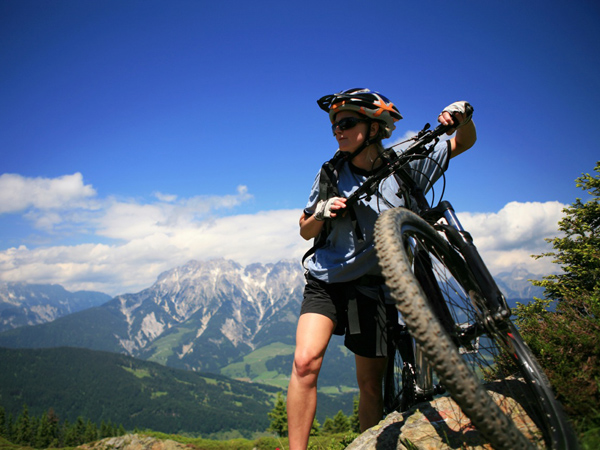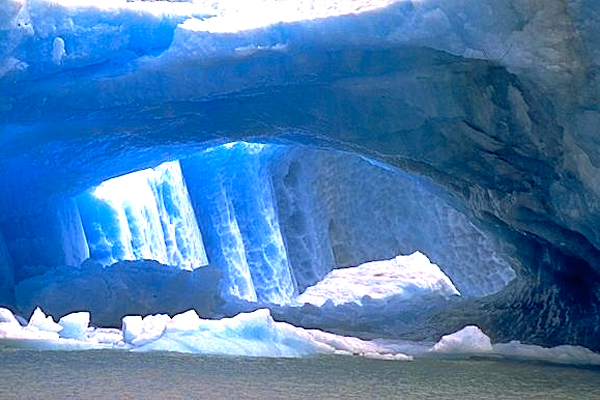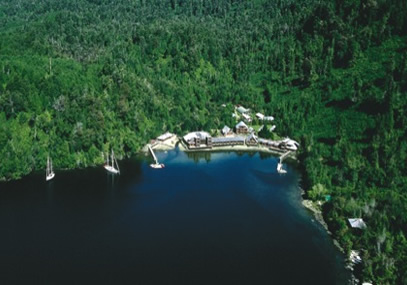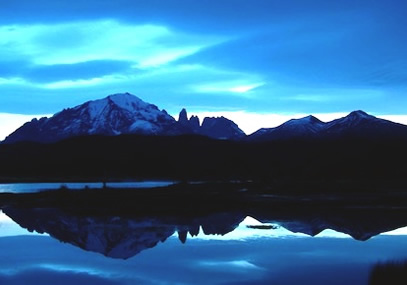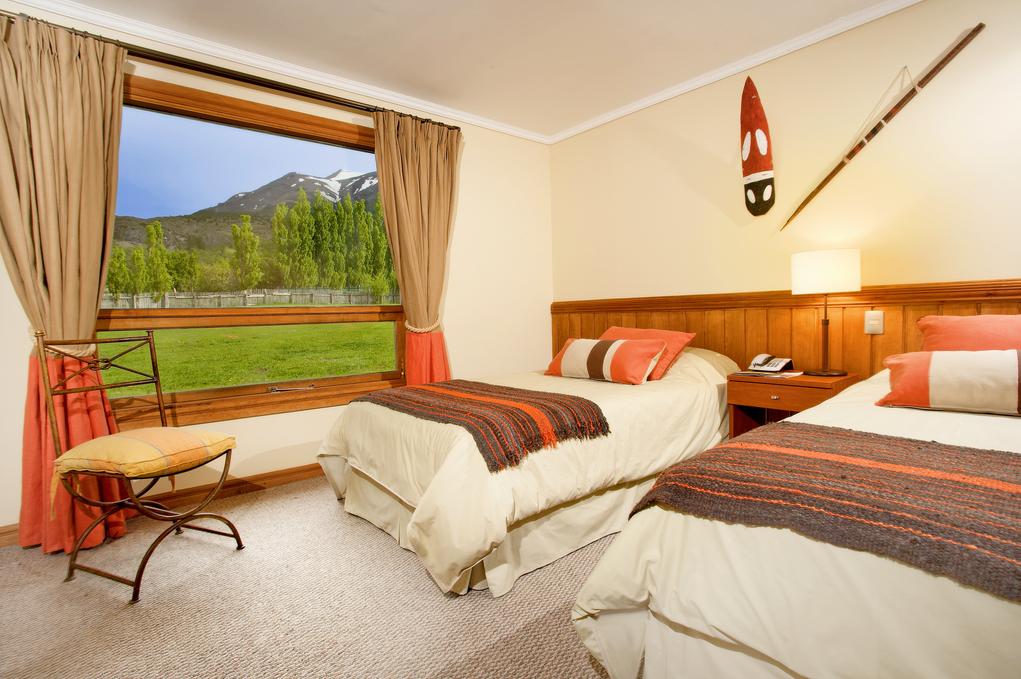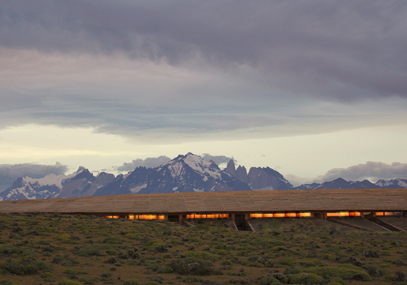If the outdoors with amazing scenery is your thing, Girovai.com gives you the opportunity to explore spectacular glaciers, the Andes and lakes, following paths used by the locals in this pristine part of the world shared by Argentina and Chile.
In The Southernmost Regions Of The Country, There Are Large Tracts Of Evergreen Forest, Emphasizing Its Economic Importance Guaitecas Cypress, Now Mostly Destroyed.
Towards inland, deciduous forests grow where Lenga dominates, and further east, large hard grass steppe formations.
In the southernmost part of the Patagonia, the vegetation is reduced to a few scrubby trees, such as cinnamon, coigüe of Magellan and ñirre, as well as various shrubs and grasses, lichens and mosses.
In the Patagonian steppes there are guanacos, rheas, piches, peludos, pumas, foxes, etc. In this area sheep ranching, which had in the “estancia” (ranch) its biggest social and cultural expression, was developed. The huemul present in Chile´s coat of arms, and that formerly inhabited much of the country, only survives in areas of difficult access in this zone. In the fauna of the coast there are: sea lions, elephant seals, penguins, petrels, cormorants and whales.
Photo: Wikipedia.com
The First Inhabitants Of Patagonia Were The “Chonos”, Who Began To Disappear In 1870. On The Other Hand, The Tehuelches, A Nomad People Who Came To Tierra Del Fuego, Left A Permanent Mark.
Today you can see the cave paintings left by the community as well as drawings and paintings that are sold as postcards in the region. The Tehuelches had contact with the Spanish conquistadors, whose horses were served to cover more territory in less time, and to market animals and animal skins.
Other indigenous peoples of the southernmost region were the Onas or Selknam, Yamanes or Yaganes and Alacalufes or Kaweskar. These nomad people settled in different locations, using the natural resources of the region to survive. Many lived only on what the ocean gave them, using what the animals need for food and the rest to build houses, boats, and clothing.
Exploration and conquest expeditions began in 1810 and the first villages were founded. Later, in the twentieth century, industrial and livestock enterprises arrived in Patagonia with the consequent migration of people towards the south of the country. Tierra del Fuego, meanwhile, received hundreds of people who came to their lands in search of gold, at the end of 1890. Today the region has enormous potential in both tourism and energy, that is why there are plants for the extraction of oil and coal in Tierra del Fuego.
Extremely Humid Climate Characterizes The South Coast Of Puerto Montt, Where Rainfall Often Exceed 2,000 Mm Annually.
The high frequency of frontal systems crossing the region from the West explains the high number of cloudy days (20 to 25 days per month). The ocean effect helps moderate temperatures, which are higher during the winter and lower during the summer, compared to that observed in the interior of the continent, at the same latitude. To the west of the region, the effect of “rain shadow” of the Andes, explains the considerably drier climate, where annual rainfall is lower.
To visit the Patagonia is recommended:
Good health.
Willingness to accept the unpredictable climate changes, characteristic feature of the world’s southernmost region.
Learn about the place that you will have the opportunity to explore.
Dressing For Patagonia
Glasses with UV filters, sunscreen, lip balm, camera and video camera, extra batteries, binoculars, quick-dry shirt, fleece or similar jacket, waterproof breathable fabric jacket, fleece gloves or the like for the more chilly, fast drying fiber legs or leggings, waterproof trousers plus another pair of warm trousers, trekking shoes high pole to avoid spraining, sleeping bag synthetic fiber from -20 º C to 0 ° C, preferably small inflatable mattress.
